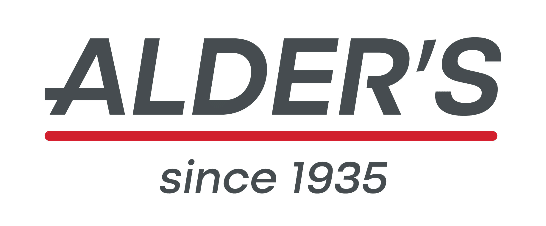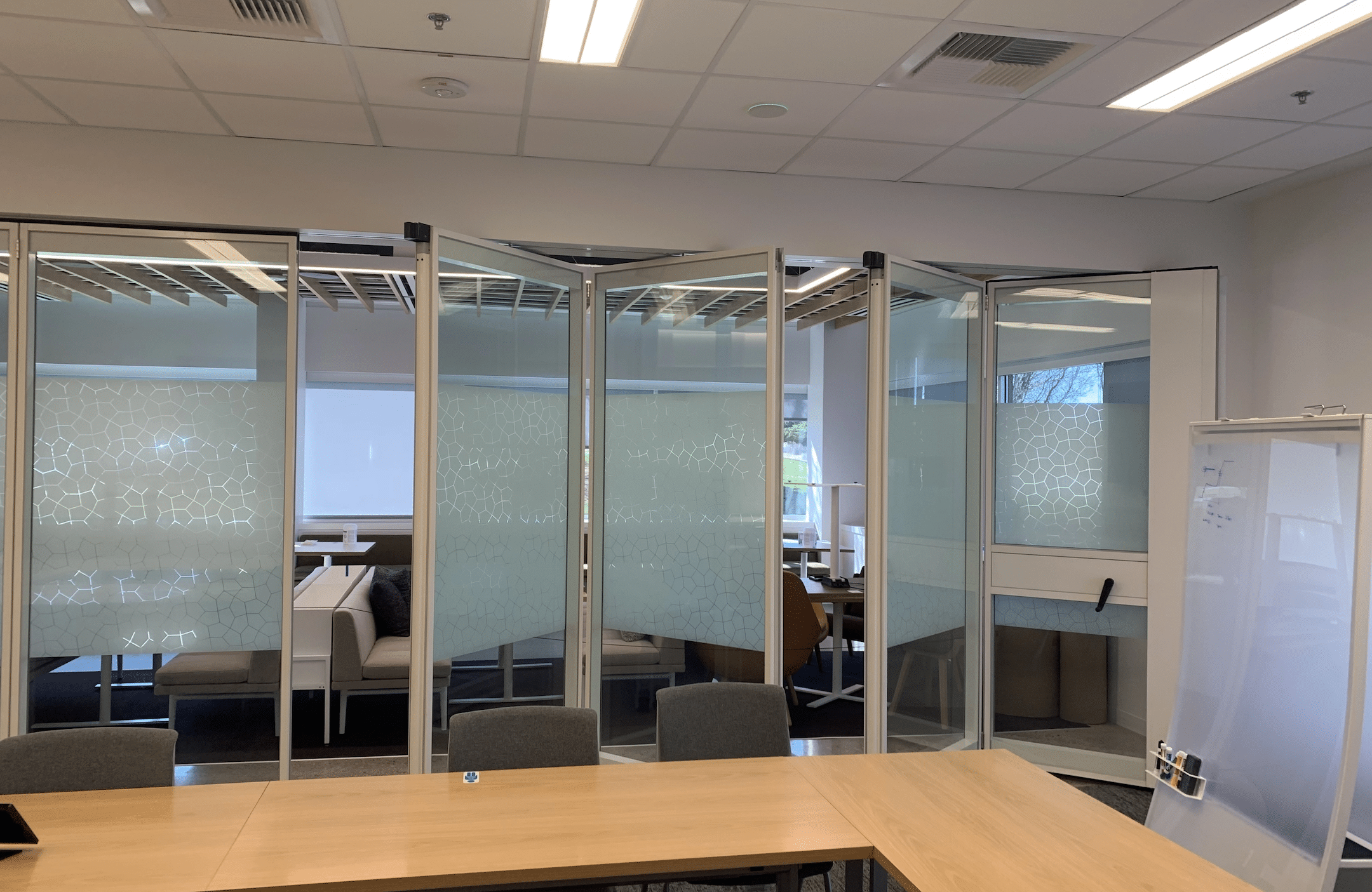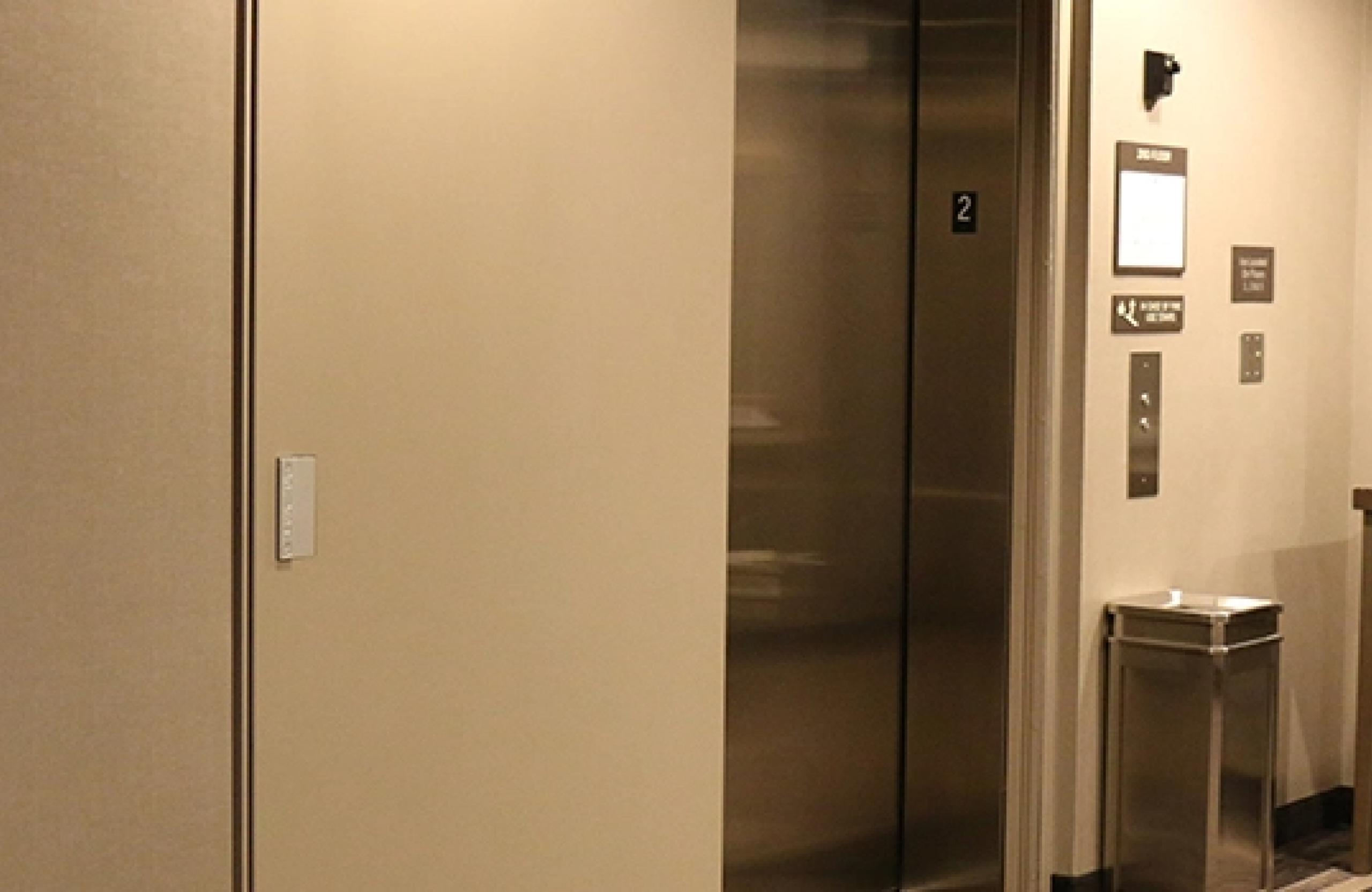Top 5 Things to Look For in Fire-Rated Doors
Dangerous fire hazards have caused some of the most deadly and costly accidents within commercial buildings around the world. Fires can consume an entire property in just five minutes, meaning whenever such a hazard strikes, every second counts. From steel doors to fiberglass doors and every interior door option in between, leveraging fire-rated doors can help to contain the spread of fires while giving your occupants more time to exit the building, improving the chances of saving lives and preventing excessive damage. When investing in fire-rated doors, you must ensure they will serve their purpose of providing fire protection when disaster strikes. Read on for five crucial things to look for in fire-rated doors to know whether they are an ideal fit for your building.
1. Reputable Certification
For such a critical component of your building that has the ability to save countless lives, it is essential to check for a rigorous system of endorsements when it comes to your fire-rated door installation partner. This trust helps verify that your doors’ specifications are designed for utmost safety and accountability standards (hollow metal construction, temperature rise ratings, etc.). Be sure to keep an eye out for certifications offered by Underwriters Laboratories (UL) like UL 10b and UL 10c, the National Fire Protection Association (NFPA) which includes NFPA 80 and NFPA 252, and ASTM International.
2. Compliant Door Hardware and Reliable Closing Mechanism
Any and all fire door assembly – including small details relating to hardware – should meet the relevant commercial door hardware requirements for your products to be approved as fire-rated. This pertains to fire code requirements, international building codes, and more to ensure your fire-rated doors are truly fire resistant. All commercial doors should also match the fire rating of your property’s walls and their intended use, as well as have automatic self-closing mechanisms that ensure they close firmly and securely.
3. Appropriate Size
While most fire doors are offered in a standard size. it’s important to know if you need a non-standardized size for your building and/or specific use. If so, your fire-rated doors might have to be fully customized to your door frames, jambs, or more. If you need to go down this route, it’s vital to find an installation partner and manufacturer that can provide custom orders and offer personalized considerations for your specific needs.
4. Proper & Professional Installation
Fire-rated doors can be heavy and complicated enclosures, making them challenging to install. By ensuring that your partner has access to expert installers who can work alongside your builders and/or architects to comply with all safety standards, you can guarantee smooth and seamless access to egresses, stairwells, and entryways if occupants need to safely make their way to exterior doors in the event of a fire.
5. Secure Hinges, Latches, and Locks
Ball-bearing type hinges constructed from non-ferrous metal, such as steel, are necessary for fire-rated doors. Each door should have a continuous hinge as well as an automatic latching mechanism, for instance, a push bar, knob, lever handle, or any other fire-listed material. Other considerations include secure glazing, fire-rated glass, deadbolts, and positive latching depending on the fire door of your choosing.
Partner with Alder’s
Fire safety and protecting occupants from fire exposure is paramount in all commercial spaces, and employing all possible measures can make a huge difference during a catastrophe. Here at Alder’s, we take these measures seriously when it comes to how we manage, install, and service the high-quality fire-rated doors that we are responsible for.



